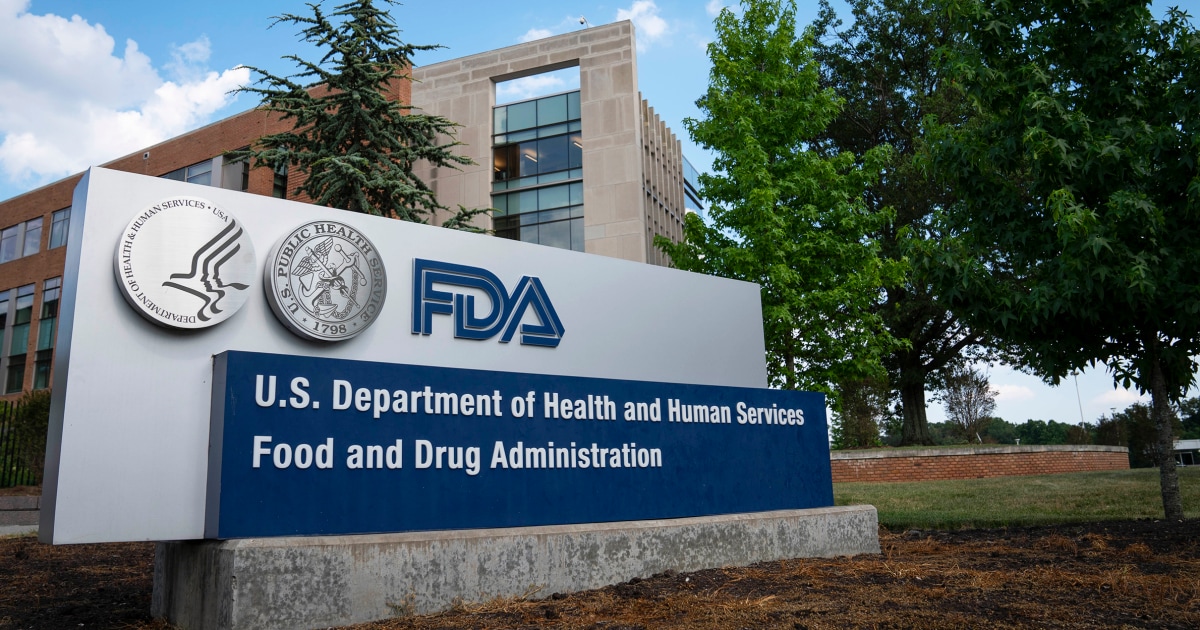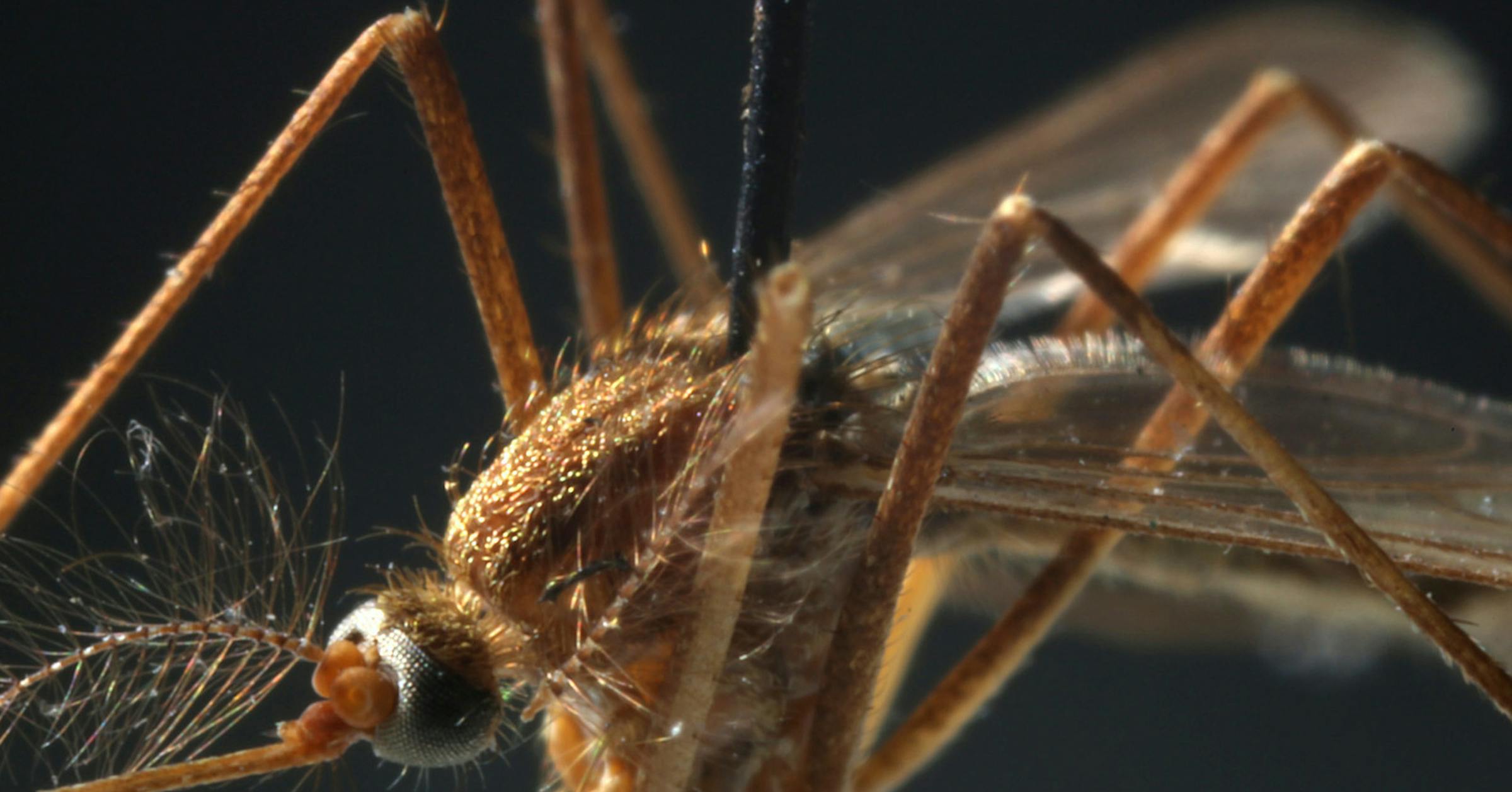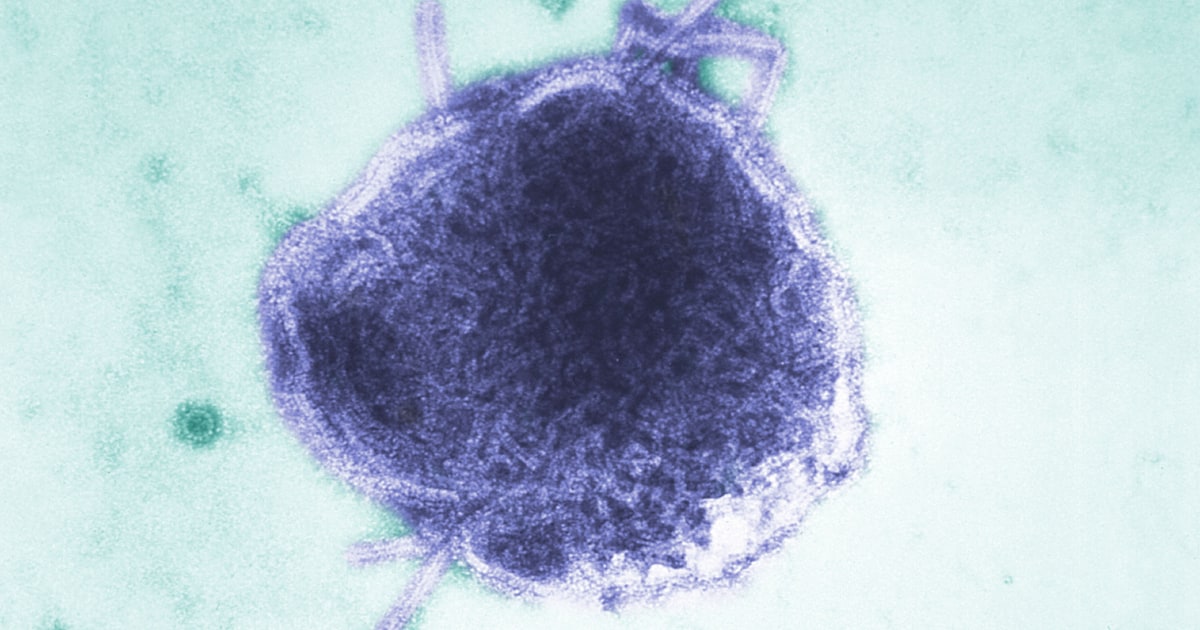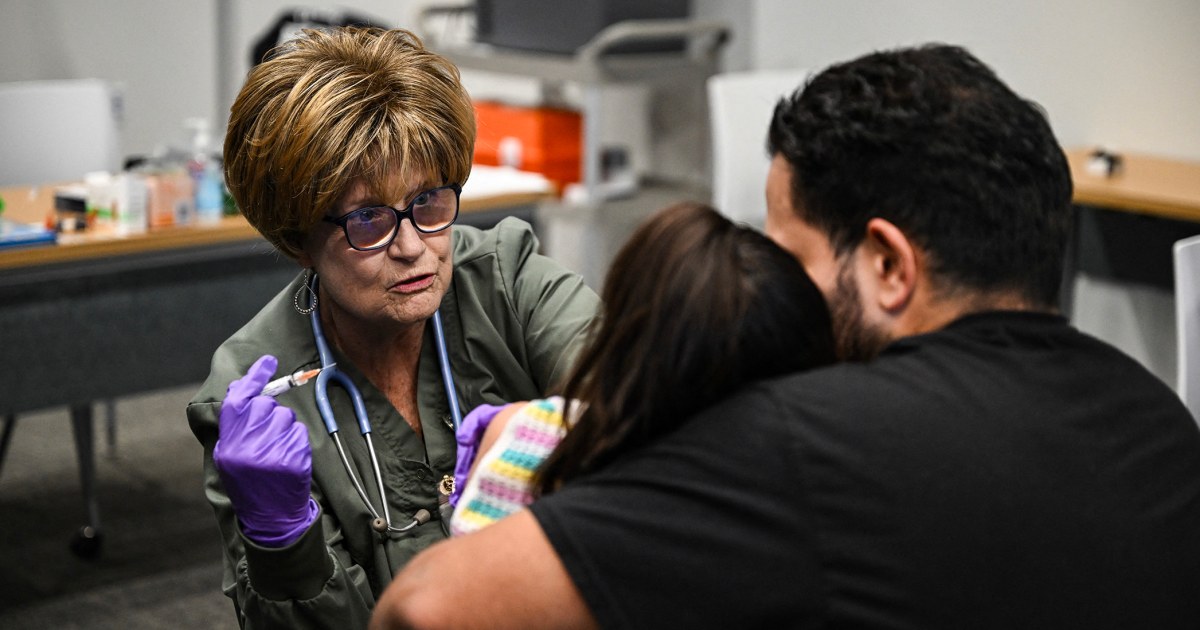Rising Measles Cases Spark Health Alert in Minnesota and Nationwide
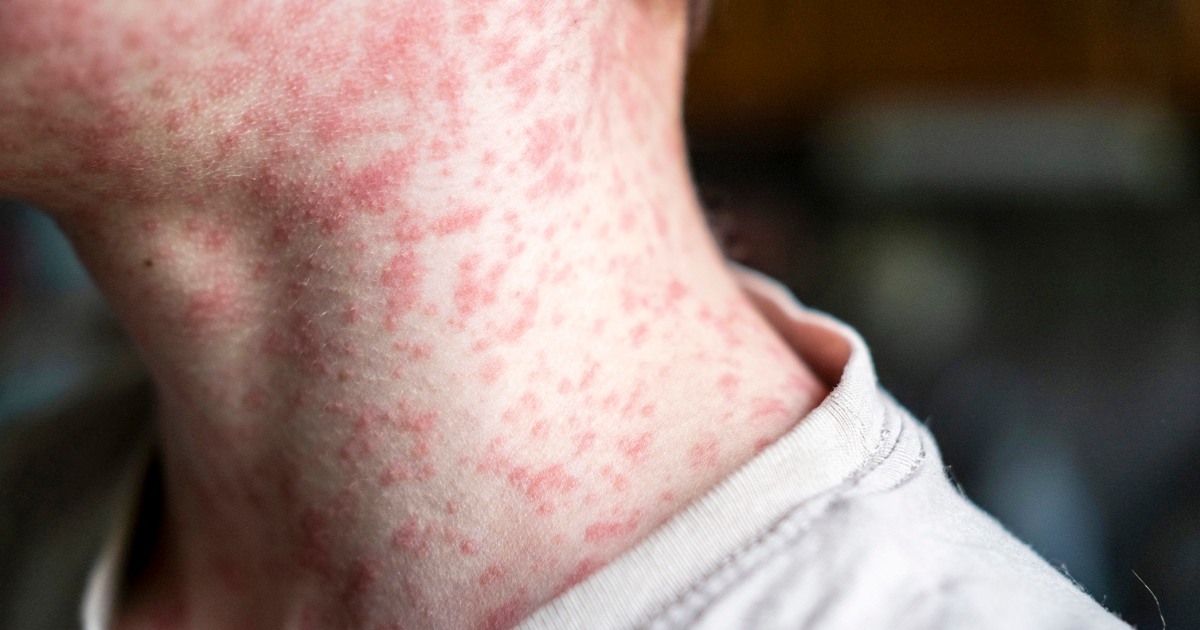
Rising Measles Cases in Minnesota
Minnesota is witnessing a sharp increase in measles cases, with 18 confirmed in 2025 so far. Since late September, 10 new cases emerged, all linked to travel and involving unvaccinated individuals. Seven cases were connected to domestic travel within families, while three were tied to international trips. This surge highlights ongoing vulnerabilities despite measles being declared eliminated in the U.S. in 2000.
National Outbreak Trends
Across the U.S., measles cases are rising rapidly, with over 1,500 confirmed infections this year—the highest since 1992. Texas has reported a significant outbreak resulting in three deaths, underscoring the seriousness of the resurgence. The Centers for Disease Control and Prevention confirm that 86% of cases are associated with outbreaks, emphasizing how contagious measles remains.
Prevention and Public Health Response
Health officials stress the importance of the MMR vaccine, which is 93% effective after one dose and 97% after two. Vaccination remains the most reliable defense against measles, especially for travelers. Minnesota’s Department of Health urges families to verify immunization records to help contain the spread and protect communities.
About the Organizations Mentioned
Centers for Disease Control and Prevention
The Centers for Disease Control and Prevention (CDC) is a premier U.S. public health agency established on July 1, 1946, originally as the Communicable Disease Center. It evolved from the wartime Malaria Control in War Areas program (MCWA) created during World War II to combat malaria around military bases in the southern United States[1][3][7]. Headquartered in Atlanta, Georgia, the CDC has grown from a regional malaria control unit to a comprehensive national and global health protection agency. The CDC’s mission is to protect public health and safety through disease control and prevention, health promotion, and emergency preparedness. It investigates and responds to emerging health threats such as infectious diseases—including COVID-19, influenza, and bioterrorism agents—as well as chronic diseases, injuries, workplace hazards, environmental health threats, and more[2][6]. The agency conducts scientific research via over 200 specialized laboratories nationwide, supports public health workforce development, and communicates critical health information to the public[6][5]. Throughout its history, the CDC has expanded its scope and structure significantly. It was renamed the Center for Disease Control in 1970, then the Centers for Disease Control in 1980 as it incorporated multiple centers, and finally adopted the current name, Centers for Disease Control and Prevention, in 1992 to emphasize prevention efforts while retaining the CDC acronym for recognition[2][8]. Its organizational breadth now includes centers focused on infectious diseases, chronic diseases, environmental health, injury prevention, occupational safety, and health statistics. Notable achievements include leading vaccination campaigns against diseases like measles and rubella, advancing injury prevention, and mounting global efforts against infectious outbreaks. The CDC also played a pivotal role in combating antibiotic misuse and bioterrorism preparedness. Despite past controversies like the Tuskegee syphilis study, the agency remains a leader in epidemiology and public health innovation, employing a multidisciplinary workforce of scientists, clinicians, and public health experts dedicated t
Minnesota Department of Health
The **Minnesota Department of Health (MDH)** is the state’s leading public health agency dedicated to protecting, maintaining, and improving the health of all Minnesotans. Established in its current form in 1977 after the abolition of the original state board of health founded in 1872, MDH operates statewide from its headquarters in Saint Paul and multiple regional offices[1][3]. Its statutory mission encompasses a wide array of public health responsibilities, including disease prevention, environmental health, healthcare quality oversight, and emergency preparedness for events like epidemics, natural disasters, and bioterrorism threats[1][2]. MDH’s comprehensive programs cover infectious disease monitoring and outbreak response, ensuring safe drinking water and food, supporting nutrition programs for vulnerable populations, regulating health care facilities, and improving mental health and chronic disease prevention[2]. The department also issues vital records such as birth and death certificates and screens newborns for rare disorders. It plays a pivotal role in addressing climate change’s health impacts and promotes health equity by partnering closely with local public health agencies, tribal governments, healthcare providers, and federal entities[2][4]. With a skilled workforce of approximately 1,789 professionals—including doctors, epidemiologists, and health educators—and an annual budget exceeding $800 million, MDH maintains rigorous standards of public health excellence and accreditation[4]. A notable recent innovation includes the launch of "Docket," a mobile app providing Minnesotans easy access to their immunization records through the state’s Immunization Information Connection system[3]. MDH's influence extends beyond direct health services; it leverages data analytics and policy development to improve healthcare delivery and environmental health outcomes statewide. Its longstanding history, broad mandate, and adoption of technology highlight its role as a vital institution at the intersection of public health, policy, and innovation in Minnesota[1][2][3][4].
